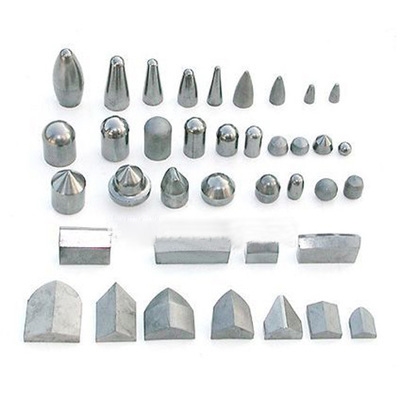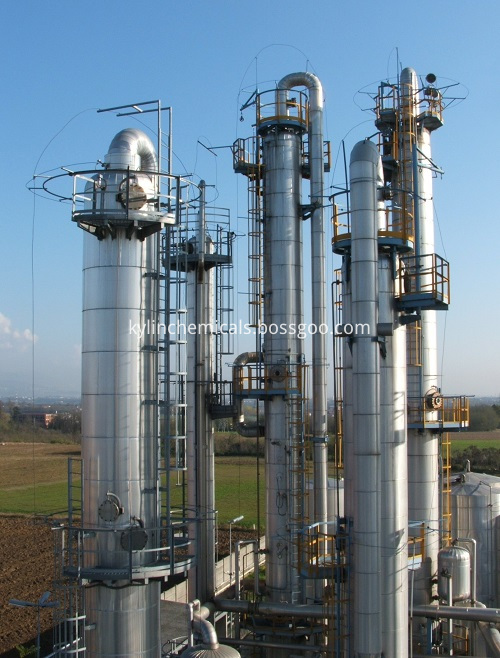
[China Aluminum Network] Tungsten and other rare metals are found in various daily necessities around us. However, because of their complex extraction, difficulty in recycling, and their rarity, these metals can easily evolve into "conflict-type ores" and cause problems among countries. Conflict and crush. Tungsten, as a strategic reserve resource, is one of the important resources that countries compete for. New research at Chalmers University of Technology shows that on the technical level, it is possible to use carbon nanomaterials instead of many metallic materials, such as graphene, which has good electrical conductivity as rare metals.
Rickard Arvidsson and Bjørn Sandén at Chalmers University of Technology investigated whether they can use nanocarbon materials such as graphene, fullerenes, and carbon nanotubes to replace 14 rare metals in their main application areas. They discovered potential technological solutions that use carbon nanomaterials instead of metals. Of course, apart from the gold in jewelry, the possible alternatives are indium, germanium, antimony and silver.
“The development of technology now allows us to make better use of carbon,†Sandén said. “There are many new carbon nanomaterials that now have metal-like properties. This is a very promising area. Start investing in rare metals from now on. The recovery and replacement are also very important."
Carbon nanomaterials are all or mostly composed of carbon and have good electrical conductivity. Several rare metals have similar properties, such as rare metals in cables, thin screens, flame retardants, corrosion resistant containers, and capacitors. Since carbon is a common and readily available raw material, it is also possible to reduce these conflicts caused by rare metals and geopolitical issues.
Researchers at Chalmers University of Technology studied the main applications of 14 different metals and looked at the possibility of carbon nanomaterials as substitutes by looking at patents and scientific literature. This research result provides very important reference value for the research and technological development in this field. According to Arvidsson and Sandén's summary, the transition from using rare metals to using carbon nanomaterials is underway.
Kylin Chemicals have been engaged in the research & manufacturing a selected range of Chemical Intermediates & specialties for over one decades,such as hydroxylamine sulfate.
We have the expertise in manufacturing high quality Aromatic Hydrocarbons specialties, serving our customers worldwide in the field of pharmaceuticals, agrochemicals, organic synthesis and coatings, etc. Our main aromatic hydrocarbon product include 2,3-Dihydroindene, Decahydronathalene, Tetrahydronaphthalene, Carbazole, Acenaphthene and Phenanthrene,1 2 3 4-tetrahydronaphthalene, etc.

Our manufacturing base have the advanced DCS operated hydrogenation & rectification facilities, effective quality-control systems, and a very professional technical team, assuring the quality, stability and sustainability to meet/exceed our customers` needs.
Aromatic Hydrocarbons & Specialties
Aromatic Hydrocarbons, Intermediates & Specialties,Advanced Intermediates,Chemical Intermediates,Chemical Specialities
Kylin Chemicals Co., Ltd. , http://www.kylin-chemicals.com
